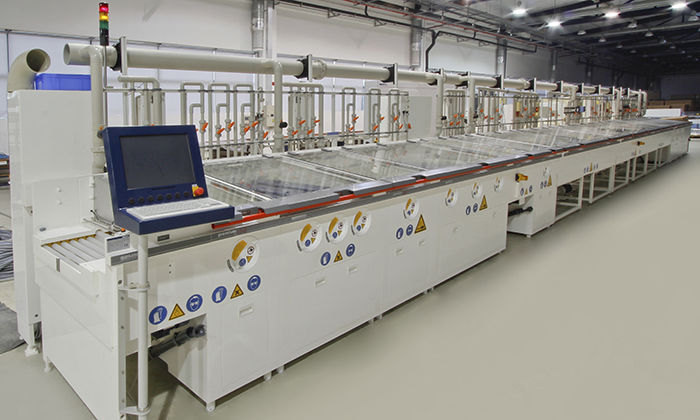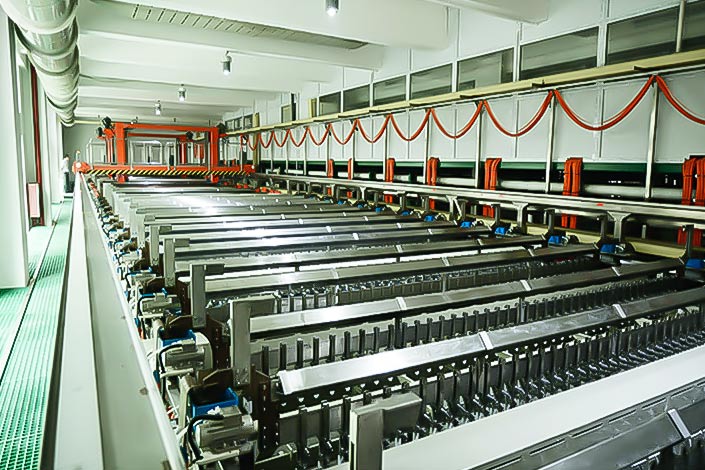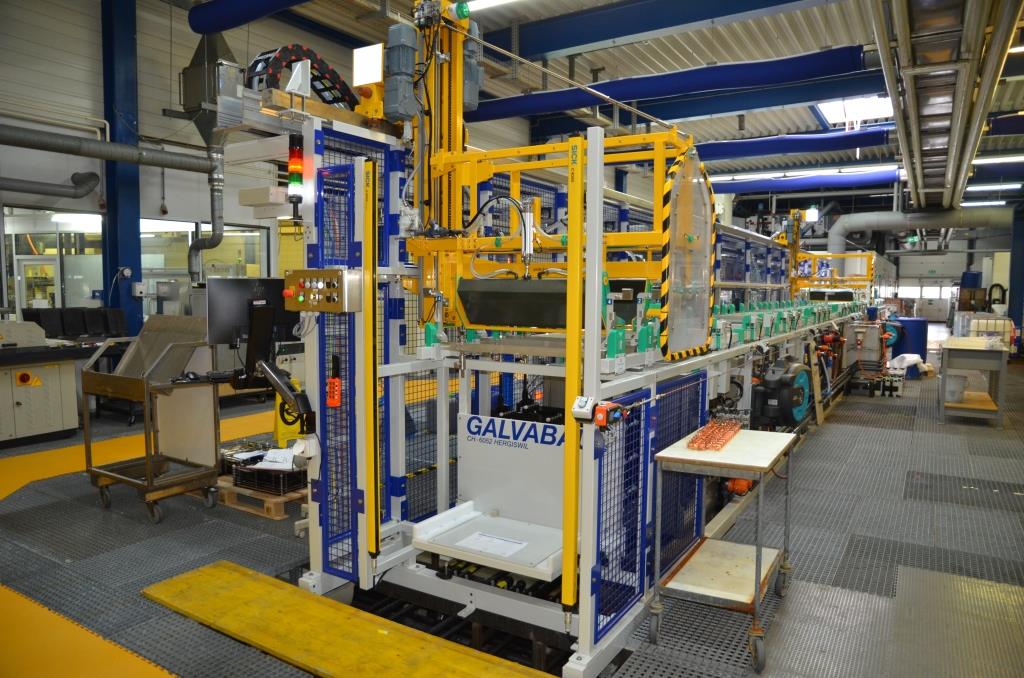PCB Industry
A printed circuit board (PCB) is the interconnect for the operation of anything electronic. These tiny electronic circuits are among the most important elements of technology ever invented. Visually, a PCB is a flat plate or base of insulating materials that contains a pattern of conducting material and components.
.jpg)
Copper and Tin Plating Line
Plating on a PCB refers to the electrochemical process by which a metal is deposited onto the surface of the circuit board, and inside the plated through-holes. The most common plated metal in PCB fabrication is copper.Flexible PCB Equipment. Automatic copper tin plating line. High precision electroplting equipment, use for high quality hard chrome electroplating.

PTH Line
These copper lines (known as traces) allow electrical charge to flow through the PCB, providing power to the different components that are situated systematically on the board. The copper traces function in the place of wires, guiding the electricity to the correct destination.
Through holes on a PCB refer to a hole that is drilled from the top and through to the bottom of a PCB, these can be plated (PTH) or non-plated (NPTH).

ENIG/ENPIG Line
Electroless nickel immersion gold (ENIG or ENi/IAu), also known as immersion gold (Au), chemical Ni/Au or soft gold, is a metal plating process used in the manufacture of printed circuit boards (PCBs), to avoid oxidation and improve the solderability of copper contacts and plated through-holes.

Hard Gold/Soft Gold Plating Line
In PCB gold plating process, hard gold plating is also referred to as a plating alloy. It has been alloyed with other elements which makes it harder, whereas the soft gold plating is pure gold. Plating gold application in PCB manufacturing.
.jpg)
.jpg)
.jpeg) D Square Electroplating Machines Pvt. Ltd.
D Square Electroplating Machines Pvt. Ltd. 


.jpg)


